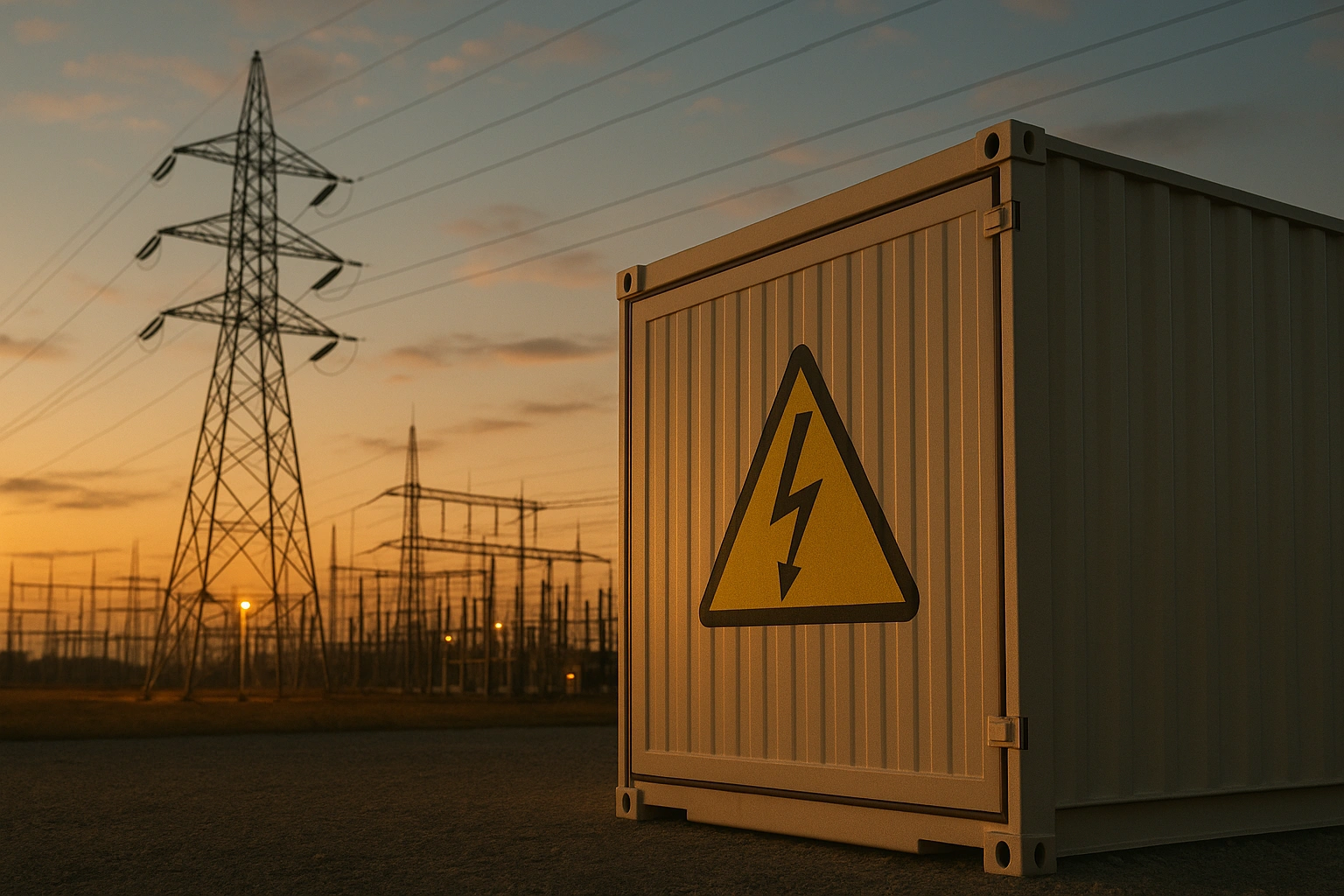Introduction
La Syrie a enduré plus d'une décennie de guerre, de sanctions économiques et d'effondrement des infrastructures, qui ont collectivement dévasté son réseau électrique national. Aujourd'hui, une grande partie du pays connaît des pénuries chroniques d'électricité, et l'accès à une énergie fiable reste un défi majeur pour les ménages et les entreprises. Dans cet article, nous explorons le système d'alimentation électrique de la Syrie, les sources d'énergie et la façon dont les systèmes de stockage par batterie peuvent apporter une aide urgente.
Quel est le bouquet énergétique de la Syrie ?
Le bouquet énergétique de la Syrie est essentiellement basé sur les combustibles fossiles, la majeure partie de l'électricité étant produite à partir de ces derniers :
-
Gaz naturel
-
Huile
-
Hydroélectricité (petite part)
Avant la guerre, les centrales électriques au gaz représentaient environ 60-70% de la production d'électricité. Toutefois, depuis 2011, de nombreux champs gaziers et gazoducs ont été endommagés ou perdus, et la production nationale de carburant a fortement diminué.
Combien de centrales nucléaires y a-t-il en Syrie ?
La Syrie fait pas exploiter des centrales nucléaires.
Avant 2011, le pays envisageait d'explorer l'énergie nucléaire civile, mais le conflit en cours et les restrictions internationales ont interrompu tout développement dans ce domaine.
Pourquoi n'y a-t-il pas d'électricité en Syrie ?
La crise de l'électricité en Syrie est due à une combinaison de facteurs :
-
Destruction des infrastructures liées à la guerre
-
Pénuries de carburant dues aux sanctions et à la perturbation de la production
-
Centrales électriques vieillissantes sans entretien ni pièces de rechange
-
Manque d'investissement dans le réseau national
-
Sécurité instable dans les régions riches en énergie (par exemple, Deir ez-Zor)
Dans de nombreuses régions, l'électricité n'est disponible que pour 2-4 heures par jourCertaines zones rurales sont complètement déconnectées.
Quel est le pourcentage de la Syrie qui a de l'électricité ?
Les chiffres officiels varient, mais les estimations suggèrent que
-
Zones urbaines: 30-50% couverture du réseau (souvent seulement quelques heures par jour)
-
Zones rurales et zones de conflit: Moins de 20% accès fiable
-
Dépendance hors réseau: Des millions de personnes dépendent désormais du diesel ou de l'énergie solaire de manière indépendante
La Banque mondiale et les Nations unies ont indiqué que plus de 40% de la population syrienne n'a pas accès à l'électricité.
Quel est le problème de l'électricité en Syrie ?
La crise de l'électricité en Syrie est à la fois technique et politique :
-
Technique: Transformateurs, centrales électriques et oléoducs endommagés
-
Logistique: Contrôle limité des sources de gaz naturel, en particulier dans le nord-est de la Syrie
-
Économique: Les subventions publiques sont limitées et les générateurs privés sont inabordables pour de nombreuses personnes.
-
Environnement: La dépendance au diesel accroît la pollution de l'air et les risques pour la santé
La fiabilité de l'énergie est aujourd'hui une priorité. souci de survie au quotidienIl s'agit en particulier des hôpitaux, des écoles et des petites entreprises.
Comment choisir le bon système de stockage d'énergie pour les Syriens ?
Compte tenu des mauvaises conditions du réseau électrique, la solution idéale pour les ménages et les petites entreprises syriennes doit être.. :
- Compatible avec l'énergie solaire + système de batterie
-
Permet le chargement pendant la journée et l'utilisation pendant la nuit
-
Convient aux zones rurales ou hors réseau
- Modulaire et évolutif
-
Commencez par 1 à 2 kWh et passez à 5 à 10 kWh si nécessaire.
- Peu d'entretien, chimie sûre
-
LiFePO₄ (LFP) Les piles sont préférées en raison de leur longue durée de vie, de leur sécurité élevée et de leur résistance à la chaleur.
- Prêt pour le hors-réseau
-
Les systèmes doivent comprendre un onduleur + un contrôleur MPPT + une batterie en une seule unité.
-
Facile à installer et à transporter
Par exemple, un Batterie lithium murale de 5 kWh combinée à un champ solaire de 1,5 kW peut fournir des lumières, des ventilateurs, un chargement de téléphone, un petit réfrigérateur et un routeur internet pour une famille de 4 à 6 personnes.
Conclusion
Il est peu probable que la réparation du réseau électrique suffise à résoudre la crise de l'électricité en Syrie. Pour des millions de Syriens, énergie renouvelable combinée à un système de stockage par batterie offre un moyen pratique, évolutif et abordable d'accéder à nouveau à l'électricité. Alors que les agences internationales et les partenaires locaux recherchent des solutions résilientes, systèmes solaires et de stockage peut apporter une énergie fiable à ceux qui en ont le plus besoin, en particulier dans les régions isolées ou touchées par la guerre.
Investir dans le stockage flexible de l'énergie n'est plus une question d'innovation, c'est une nécessité humanitaire et économique.
Économiser de l'argent, protéger l'environnement
PKNERGY vous aide à réduire vos factures d'énergie pour votre maison. Stockage de l'énergie solaire, stocker votre énergie solaire pour l'utiliser à tout moment - la nuit ou pendant une panne.





